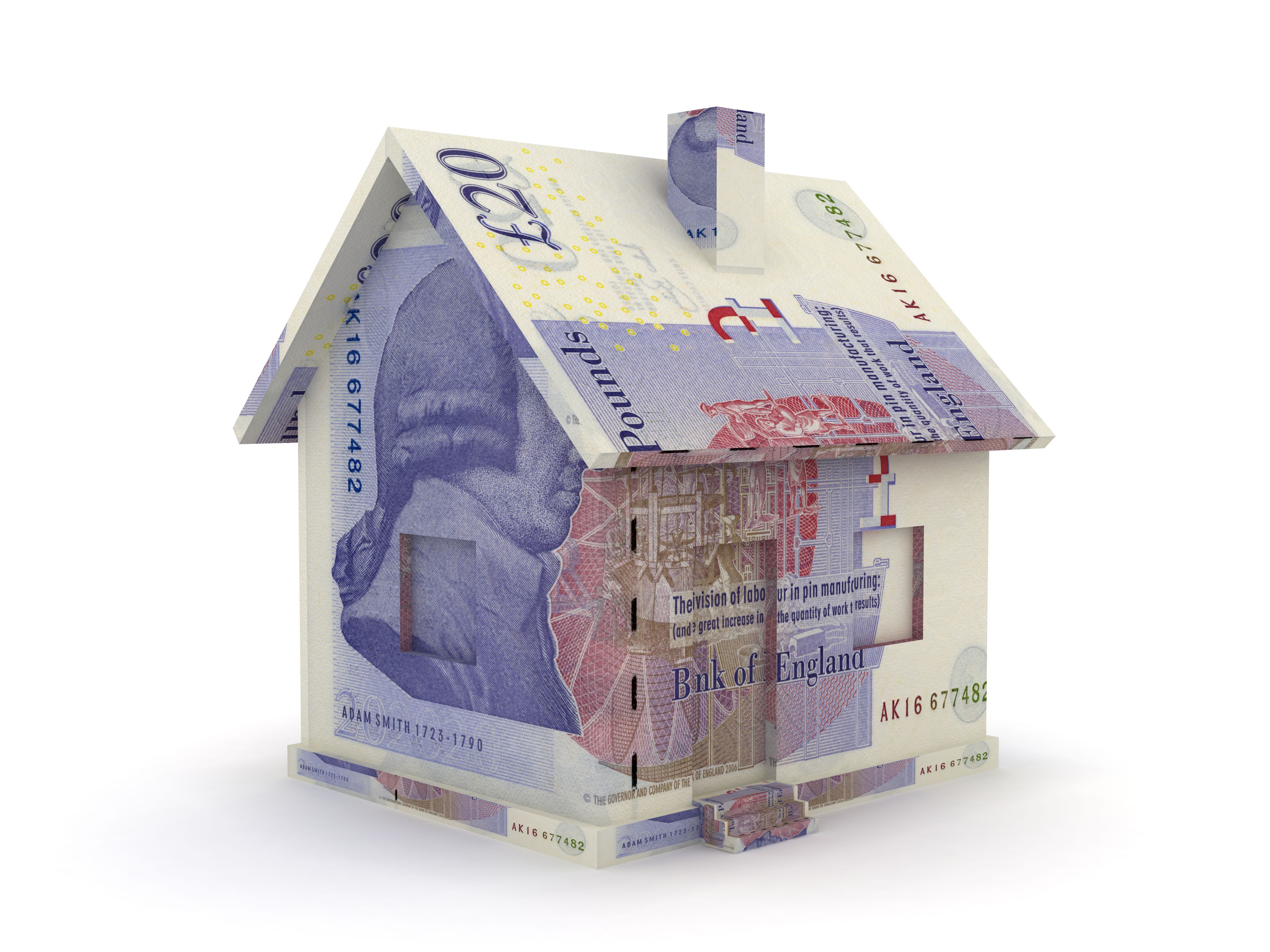
Average stamp duty bills for residential property purchases hit £15,000 in the first quarter of 2022, according to the analysis of HMRC data by Coventry Building Society.
The latest data found that £9.9bn of all stamp duty receipts in the 2021/22 tax year came from residential properties, which is the highest amount on record.
Coventry Building Society head of intermediary relationships Jonathan Stinton says: “Stamp Duty is a huge burden on homebuyers, and it clearly needs to be properly reviewed – or at least updated to keep pace with house price inflation.”
“This tax on moving home hasn’t been changed since December 2014, when an average price property in England was £203,000 and the stamp duty bill for someone already on the property ladder was £1,566.”
Of the 244,200 residential homes bought between January and March this year, just 43,700 received first time buyer relief, while 27,300 were below the tax threshold altogether.
Stinton comments: “Even with the stamp duty relief in place for first time buyers, as many as one in four are now paying hefty bills: of the 43,700 receiving first time buyers relief in the first quarter of 2022, 11,300 (26%) were hit with tax bills of up to £10,000 because the value of their first home was more than £300,000.”
Last week’s tax receipts data from HMRC showed the Treasury gained more than £14bn in stamp duty, including non-residential property, in the last financial year. This comes despite a stamp duty holiday, which ended in September.
Commenting on the data, Quilter mortgage expert Karen Noye explains: “The 2% surcharge on the purchase of residential properties by non-residents up to the end of Q1 2022 has raked in £111m for government coffers on just 10,400 transactions.”
“This will be welcome news for many and especially Londoners, given they have complained that parts of the capital were becoming ghost towns due to overseas buyers seeing prime real estate in the likes of Mayfair and Chelsea as an investment opportunity rather than as somewhere to live and this, for some, detracted from any residual sense of community in these areas.”
“However, it is still yet to be seen whether the tax has had a big impact on demand as overseas buyers couldn’t get to the UK during the lockdowns. With the UK now free of any restrictions, overseas buyers may start to look at UK property again and feel that the 2% surcharge is a cost worth bearing especially in light of the recent rampant property prices.”
Earlier today, Zoopla’s latest house price index data showed that 4.3m homes have been pushed into a higher stamp duty bracket since March 2020 as house prices continue to rise.
Of those pushed into the higher bracket, 28% have moved above the initial £125,000 stamp duty threshold in England and Northern Ireland.
In Wales and Scotland, rising house prices also mean that a further 360,000 homes have been pushed across the initial threshold of £145,000 in Scotland and £180,000 in Wales, at which stamp duty becomes payable.
However, Noye says “increasing property prices may already be a thing of the past”.
“Across the whole market, there has been a fall in transactions in the last three quarters and total SDLT receipts in Q1 2022 were 19% lower than in Q4 2021. The heat is finally coming out of the UK property market, and this may have an impact on house prices. With interest rates likely to go up tomorrow and lots of other factors squeezing people’s finances a gradual drop in house prices is highly likely,” she adds.


